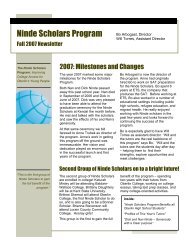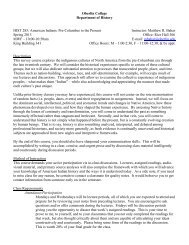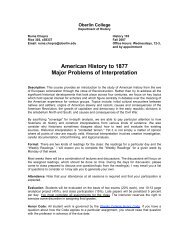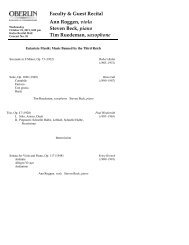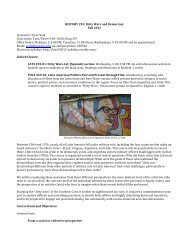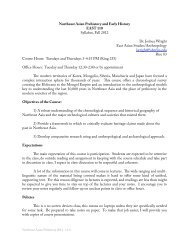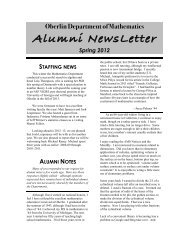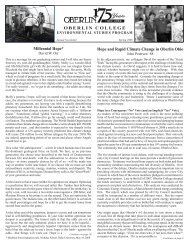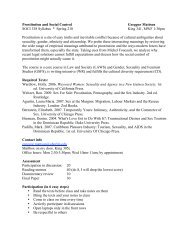Against the Current: Sita and Her Foils in - Bad Request
Against the Current: Sita and Her Foils in - Bad Request
Against the Current: Sita and Her Foils in - Bad Request
Create successful ePaper yourself
Turn your PDF publications into a flip-book with our unique Google optimized e-Paper software.
Pudumaippittan on Ahalya’s Fury about <strong>Sita</strong><br />
As his chosen penname, Pudumaippittan [“one who is mad for newness”]<br />
<strong>in</strong>dicates, C. Viruttachalam (1906-1948) found modern literary forms fasc<strong>in</strong>at<strong>in</strong>g.<br />
Although he worked <strong>in</strong> a number of capacities dur<strong>in</strong>g his life, <strong>in</strong>clud<strong>in</strong>g as a newspaper<br />
editor <strong>and</strong> screen writer, <strong>and</strong> experimented with many forms of prose, he earned his<br />
reputation as Tamil’s pre-em<strong>in</strong>ent modern writer primarily for his short stories. Perhaps<br />
<strong>the</strong> most <strong>in</strong>cisive, dem<strong>and</strong><strong>in</strong>g, <strong>and</strong> frank <strong>in</strong>terrogation of Ahalya’s tale <strong>in</strong> modern prose,<br />
his “Deliverance from <strong>the</strong> Curse” appeared <strong>in</strong> pr<strong>in</strong>t <strong>in</strong> 1943. 35 Connoisseurs of modern<br />
Tamil view it as a l<strong>and</strong>mark <strong>in</strong> modern retell<strong>in</strong>gs of puranic tales.<br />
In virtually all pre-twentieth century treatments of Ahalya, <strong>the</strong> tale functioned<br />
rhetorically as proof that Rama brought deliverance to those <strong>in</strong> need. <strong>Her</strong> husb<strong>and</strong>,<br />
Gautama, had cursed her to turn to stone when he learned she had sexual relations with<br />
Indra disguised as Gautama. Rama’s liberation of Ahalya, ra<strong>the</strong>r than <strong>the</strong> details of<br />
Ahalya’s life, justified <strong>the</strong> story’s <strong>in</strong>clusion <strong>in</strong> various Ramayanas. For example, Valmiki<br />
as well as Kampan, <strong>the</strong> celebrated twelfth-century Tamil poet whom Pudumaippittan<br />
admired deeply, focused upon how Rama removal of Ahalya’s curse <strong>and</strong> his<br />
compassionate treatment of her, won her devotion.<br />
The taunt<strong>in</strong>g disclaimer that preceded Pudumaippittan’s piece, however, <strong>in</strong>dicated<br />
his self-consciousness about diverg<strong>in</strong>g from earlier treatments: “For those acqua<strong>in</strong>ted<br />
with <strong>the</strong> Ramayana, this story might be <strong>in</strong>comprehensible; unpalatable, too. I am not<br />
concerned with that.” Indeed, Rama’s liberation of Ahalya occupied only a small part of<br />
“Deliverance.” The rema<strong>in</strong>der responded to two questions presented as <strong>in</strong>separable.<br />
22








